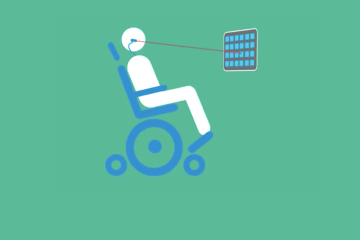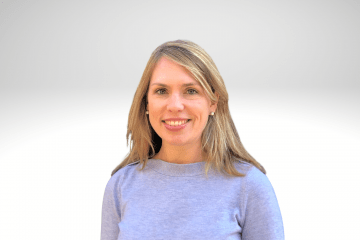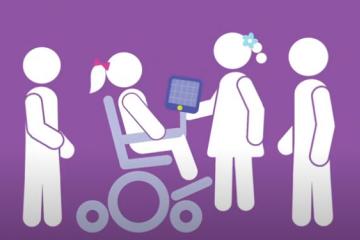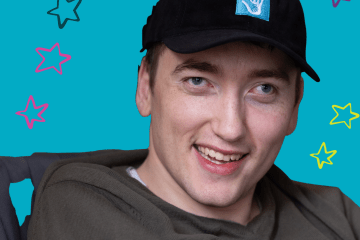Dysarthria and Cerebral Palsy Fact Sheet
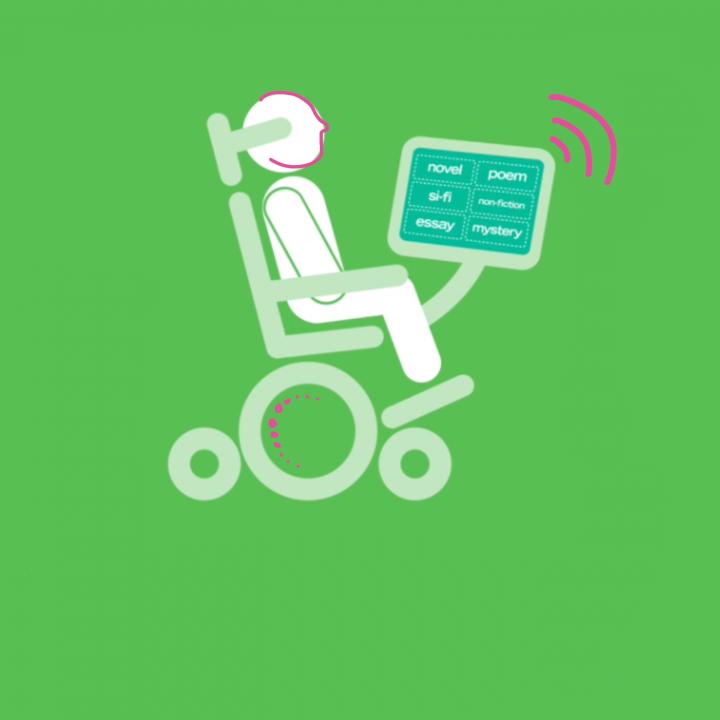
What is dysarthria?
Dysarthria is a motor speech disorder that affects how clear and understandable a person’s speech is. Speaking involves many muscles in the body, including those used for breathing, vocal fold movement, and movement of the face and mouth. When control of these muscles is affected by a person’s CP, it can result in dysarthria. Between 50-90% of people with CP have dysarthria. Dysarthria can be mild and have minimal impact on communication, or it can be severe enough that a person may not be able to produce any understandable words.
How is dysarthria diagnosed in children with CP?
Speech-language pathologists (SLPs) diagnose dysarthria by listening to a child’s speech and observing different features. SLPs listen for characteristics like a slow rate of speech, strained voice quality, low volume, hypernasal speech, and imprecise production of consonant and vowel sounds to diagnose dysarthria. SLPs may ask the child to perform different speaking tasks so they can observe the child’s speech in single words, sentences, and at different rates of speech. They may also make observations of how the child’s mouth moves when they are talking. SLPs can also use different tools to judge the degree to which dysarthria is affecting the child’s ability to effectively communicate.
How does dysarthria change over time for children with CP?
All children learn to produce speech sounds and gradually improve their speech intelligibility (i.e., how much of their speech can be understood by other people) over the first several years of life. For many children with CP, dysarthria influences how their speech develops; however, speech intelligibility improves with development for most children with CP. Thanks to recent research, we have learned a lot about how speech develops in children with CP:
- Many children with CP start talking later than children with typical development, and symptoms of dysarthria can be hard to detect at young ages.
- Speech intelligibility increases the most rapidly between 3-5 years of age for most children with CP.
- Children with CP who have both dysarthria and language difficulties tend to have lower speech intelligibility long-term than children with typical language abilities.
What treatments are there for dysarthria in children with CP?
Augmentative/alternative communication (AAC) systems and devices are an important component of maximizing communication independence for many children with CP and dysarthria. However, the majority of children with CP communicate verbally or use a combination of speaking and AAC to communicate.
There are a few speech intervention approaches that have been shown to improve intelligibility for children with CP, including:
1. The Subsystems approach is an intensive treatment that focuses on each speech subsystem, starting with breath support.
2. Speech Intelligibility Treatment is an intensive treatment that focuses on having children use a “loud voice” and “big mouth.”
3. Lee Silverman Voice Treatment is also an intensive treatment, focused primarily on increasing loudness.
Overall, there is relatively little research on the effectiveness of speech interventions for children with CP, and a lot of variation in how well children respond to different strategies. More research is needed to learn how we can individualize speech treatment approaches to be most effective for individual children.
What are speech modification strategies for children with CP?
Speech modification strategies are techniques that speech-language pathologists use to help people with dysarthria improve their speech intelligibility. There are a few strategies that have been shown to be helpful for children and adolescents with cerebral palsy who have dysarthria and are components of the intervention strategies described above:
1. Using a slow rate of speech. Slowing down speaking rate can help speakers produce speech sounds more clearly and precisely and give their communication partners additional time to understand their speech.
2. Using a loud voice. It’s not good for anyone’s voice to scream; but, projecting their voice with healthy loudness can improve intelligibility for some children with dysarthria.
3. Emphasizing key words. Some words in a sentence are more important than others to getting your point across. By focusing on emphasizing key words in a sentence, speakers can draw attention to and focus their effort on clearly producing the words most important to helping listeners understand their message.
1. Nordberg A, Miniscalco C, Lohmander A, Himmelmann K. Speech problems affect more than one in two children with cerebral palsy: Swedish population-based study. Acta Paediatr [Internet]. 2013;102(2):161–6.
2. Mei C, Reilly S, Reddihough D, Mensah F, Morgan A. Motor speech impairment, activity, and participation in children with cerebral palsy. Int J Speech Lang Pathol. 2014;16(4):427–35.
3. Hustad KC, Allison K, McFadd E, Riehle K. Speech and language development in 2-year-old children with cerebral palsy. Developmental neurorehabilitation. 2014 Jun 1;17(3):167-75.
4. Schölderle T, Haas E, Ziegler W. Age norms for auditory-perceptual neurophonetic parameters: A prerequisite for the assessment of childhood dysarthria. J Speech, Lang Hear Res. 2020;63(4):1071–82.
5. Schölderle T, Haas E, Ziegler W. Dysarthria syndromes in children with cerebral palsy. Dev Med Child Neurol. 2021;63(4):444–9.
6. Hustad KC, Mahr T, Broman AT, Rathouz PJ. Longitudinal Growth in Single-Word Intelligibility Among Children With Cerebral Palsy From 24 to 96 Months of Age: Effects of Speech-Language Profile Group Membership on Outcomes. J Speech Lang Hear Res. 2020;63(January):32–48.
7. Mahr TJ, Rathouz PJ, Hustad KC. Longitudinal Growth in Intelligibility of Connected Speech From 2 to 8 Years in Children With Cerebral Palsy: A Novel Bayesian Approach. J Speech Lang Hear Res. 2017;63(September):2880–93.
8. Pennington L, Miller N, Robson S, Steen N. Intensive speech and language therapy for older children with cerebral palsy: a systems approach. Dev Med Child Neurol [Internet]. 2010;52(4):337–44.
9. Pennington L, Roelant E, Thompson V, Robson S, Steen N, Miller N. Intensive dysarthria therapy for younger children with cerebral palsy. Dev Med Child Neurol. 2013/02/28. 2013;55(5):464–71.
10. Levy ES, Chang YM, Hwang KH, McAuliffe MJ. Perceptual and acoustic effects of dual-focus speech treatment in children with dysarthria. J Speech, Lang Hear Res. 2021;
11. Levy ES, Chang YM, Ancelle JA, McAuliffe MJ. Acoustic and Perceptual Consequences of Speech Cues for Children With Dysarthria. J Speech, Lang Hear Res. 2017;60(6S):1766–79.
12. Boliek CA, Fox CM. Therapeutic effects of intensive voice treatment (LSVT LOUD®) for children with spastic cerebral palsy and dysarthria: A phase I treatment validation study. Int J Speech Lang Pathol [Internet]. 2017;19(6):601–15.
13. Fox CM, Boliek CA. Intensive Voice Treatment (LSVT LOUD) for Children with Spastic Cerebral Palsy and Dysarthria. J Speech Lang Hear Res [Internet]. 2012;

